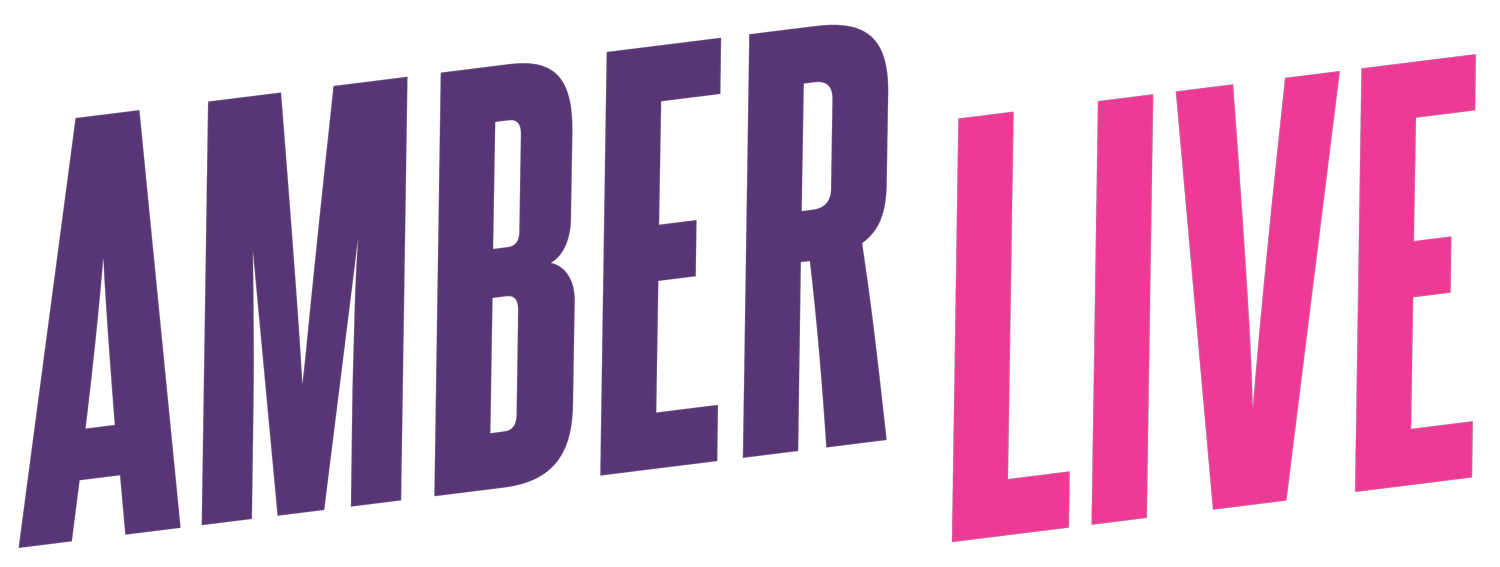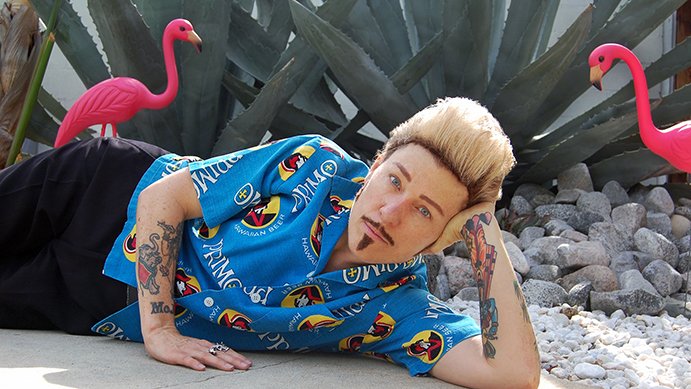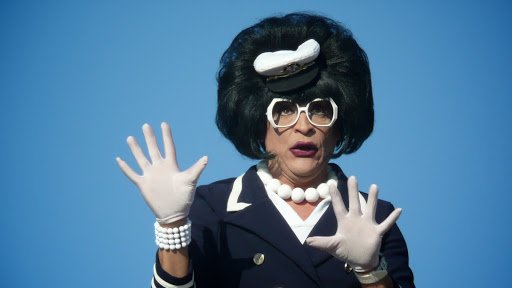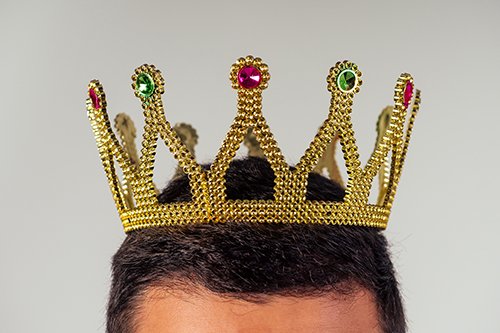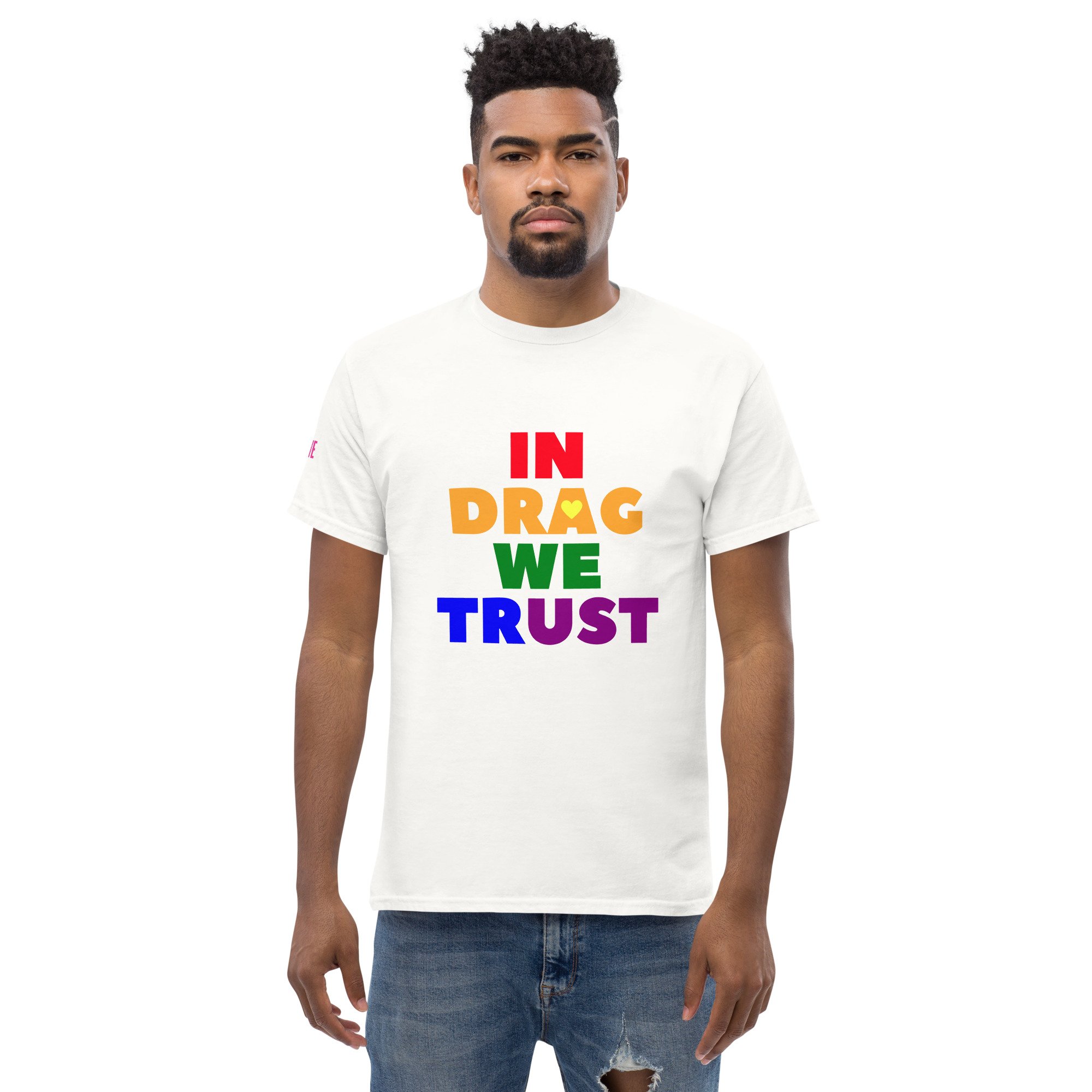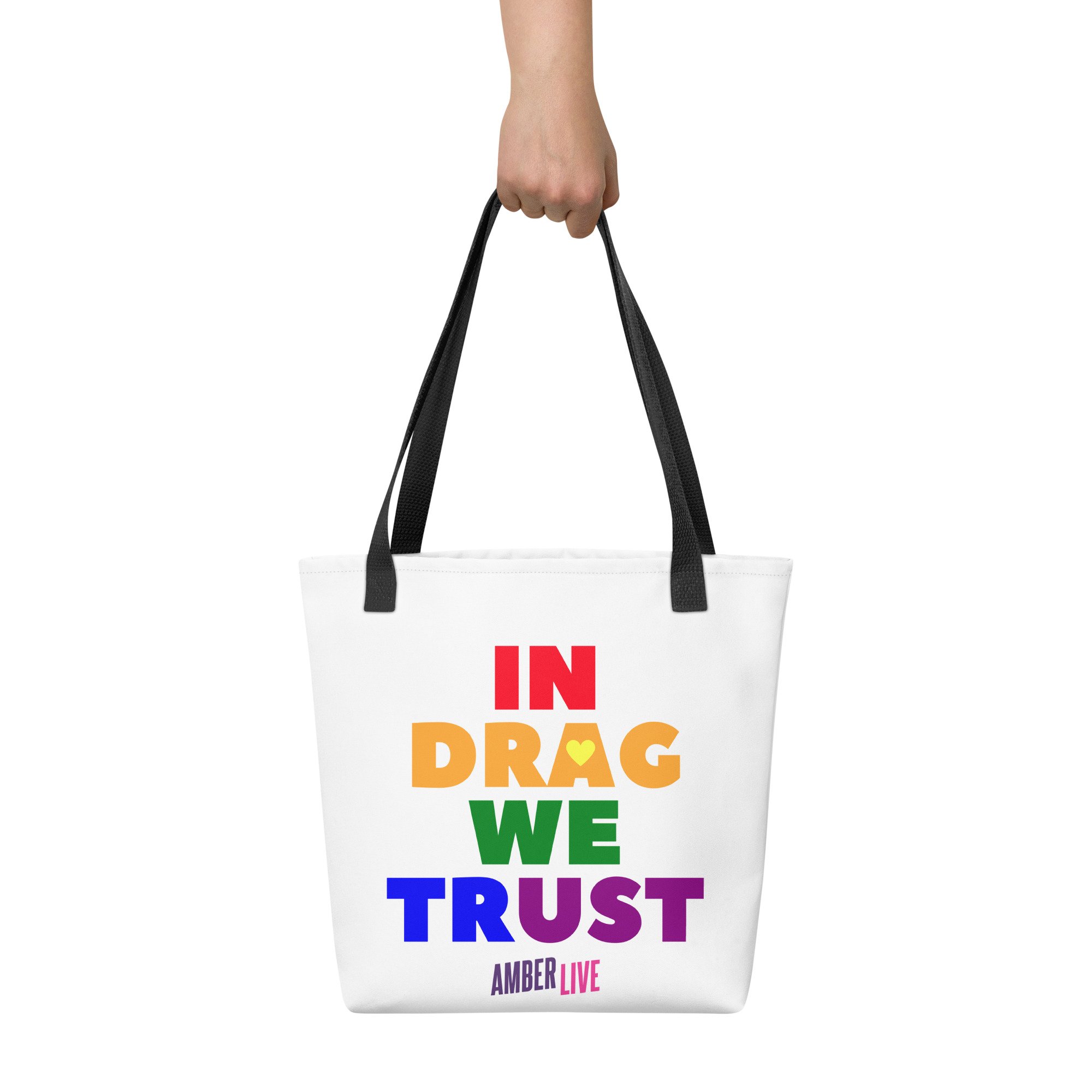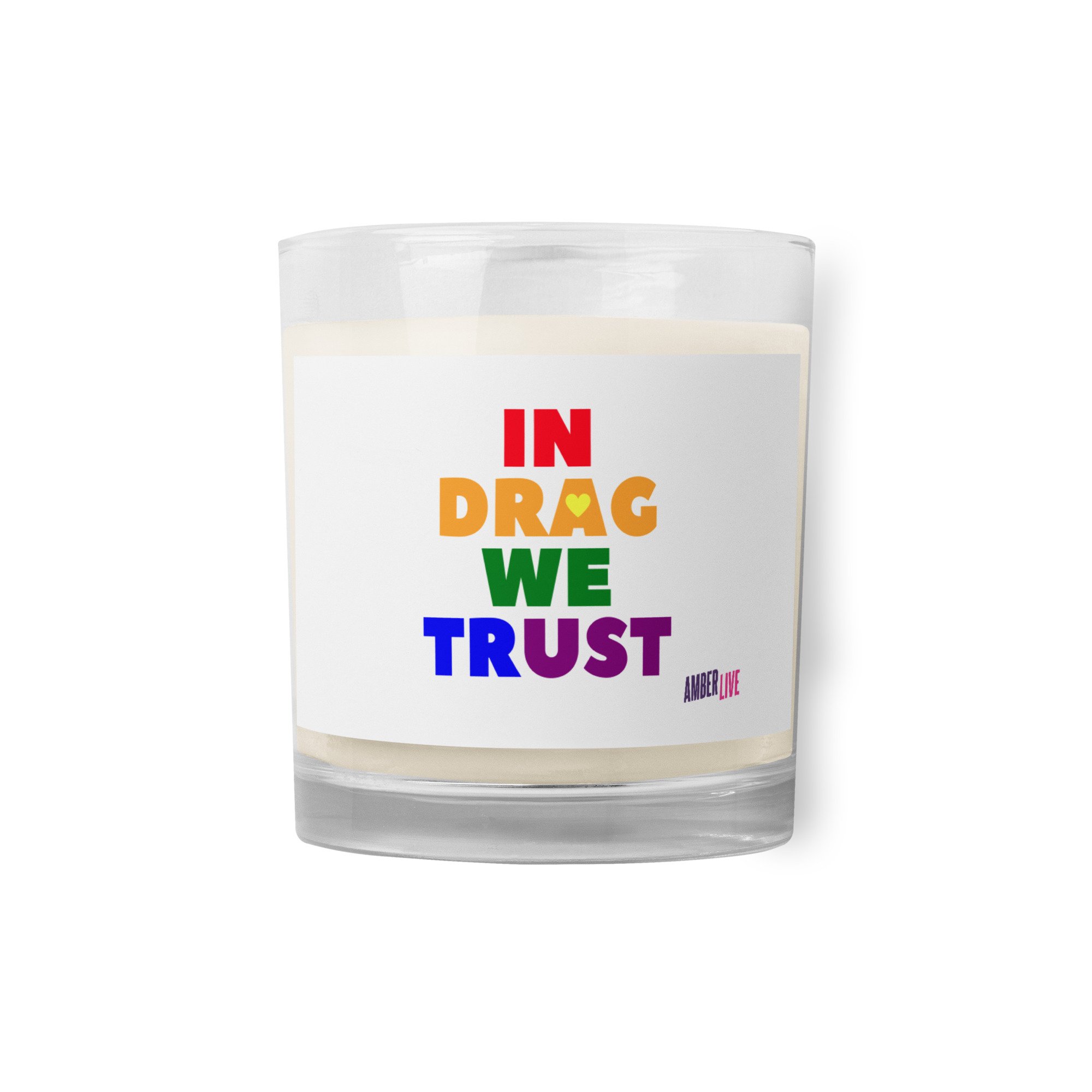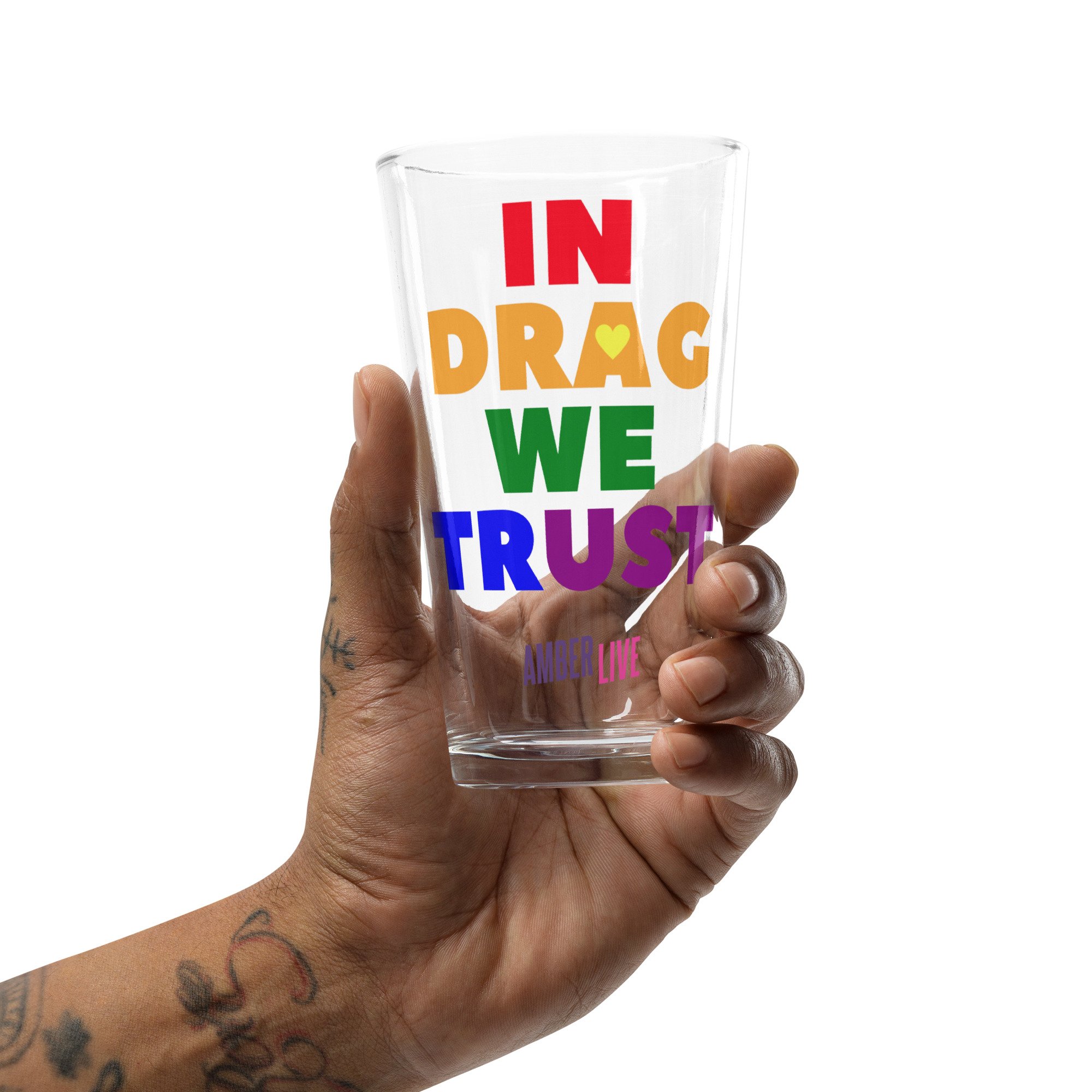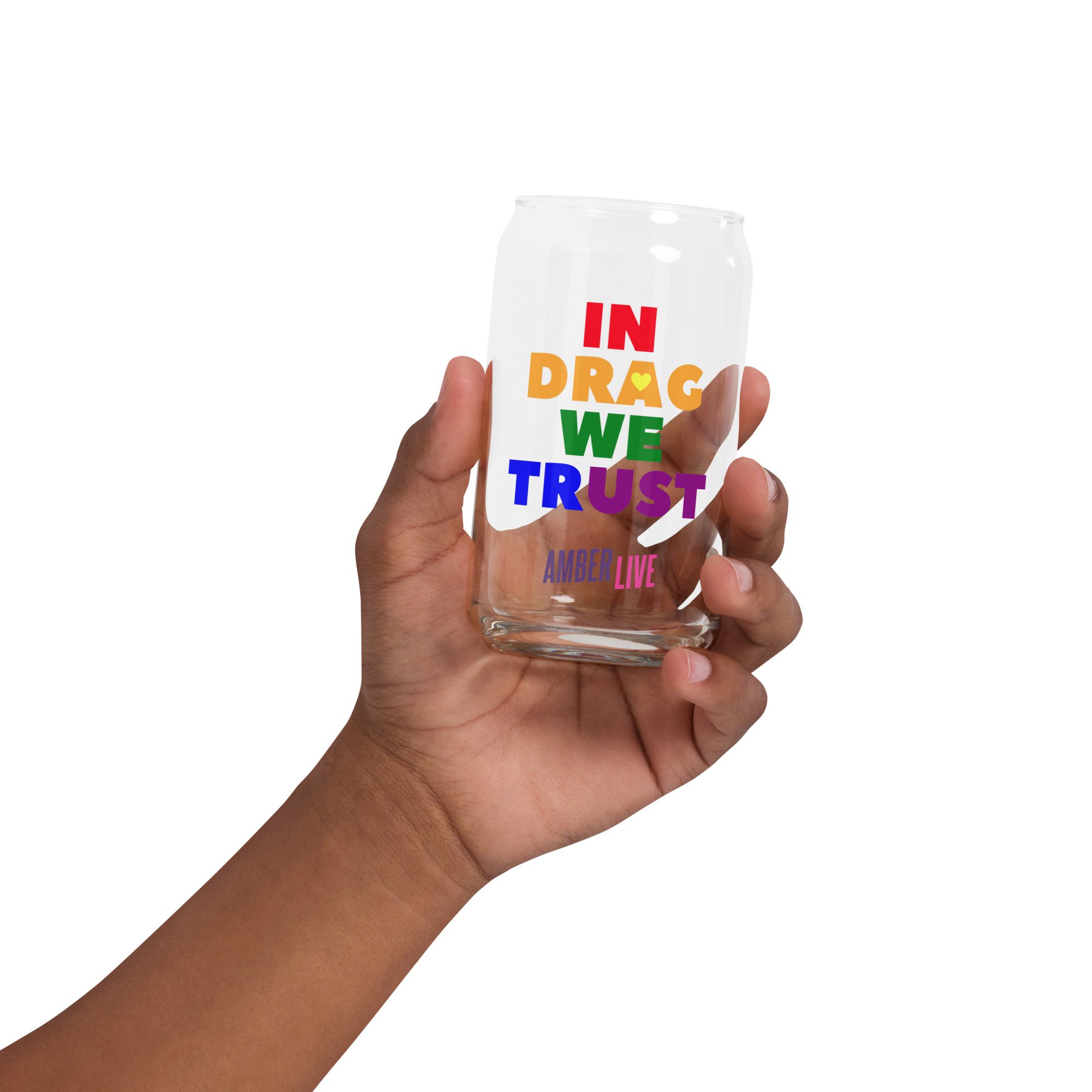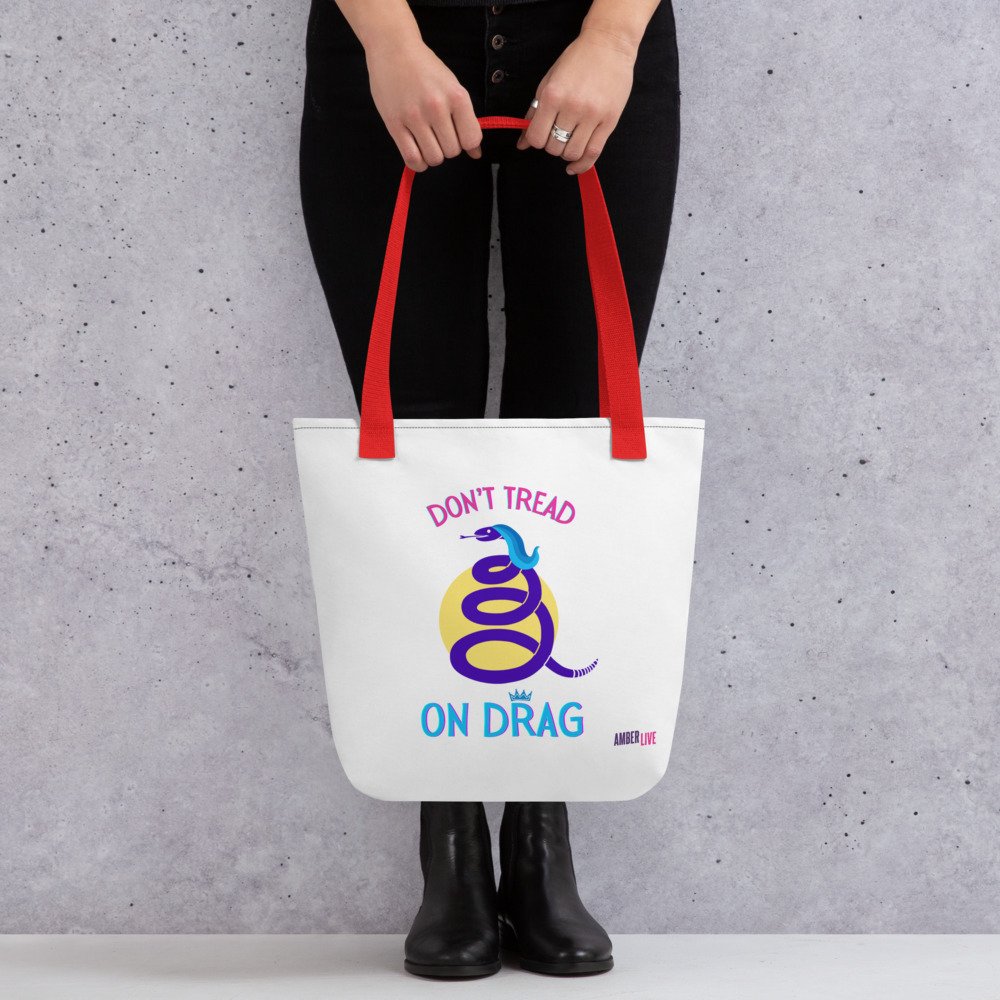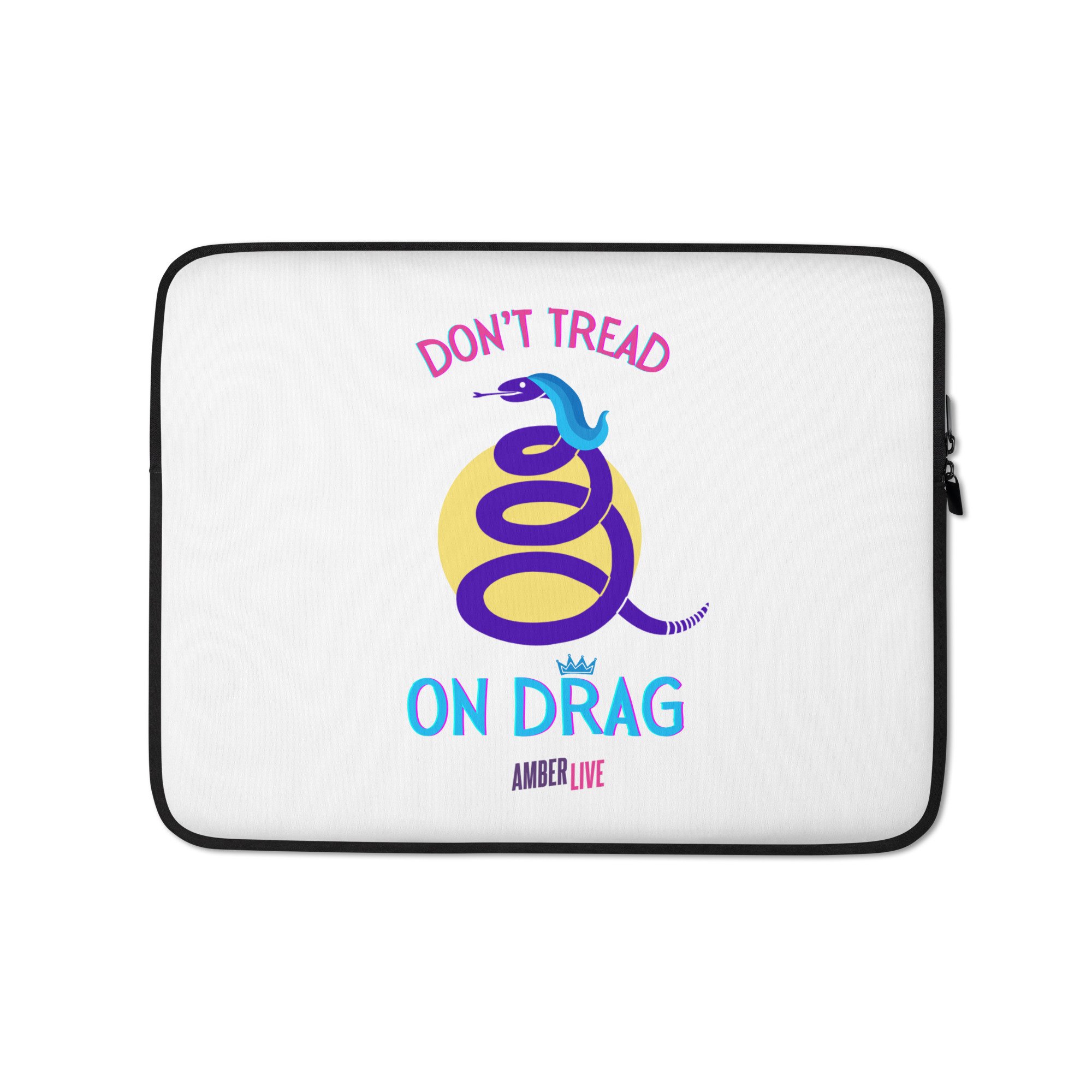How to Become a Drag Queen or Drag King
Table of Contents
Introduction on How to Become a Drag Queen or Drag King
Choosing a Drag King or Drag Queen Name
Makeup and Cosmetics
Wigs and Hair Pieces
Costumes and Clothing
Shoes and Accessories
Types of Drag Performers
Skills and Training
Putting Together a Show
Introduction How to Become a Drag Queen or Drag King
These days many people want to try being a drag queen or king. RuPaul’s Drag Race has had a major impact on mainstream culture and the acceptance of drag. Being a drag queen can be a lot of fun and very rewarding, but there’s work to be done to get there. Remember, those queens you see with RuPaul have been working on their craft for years. If you want to give it a shot, have fun and do it. Whether it’s for a night out on the town, or if you want to perform, make sure to put some thought into it for the best results and most fun. Below are some tips to help you get started.
Choosing a Drag King or Drag Queen Name
Selecting the right drag name is an important part of developing your drag persona and personal brand. It helps define your character and performance style for audiences. Many performers choose names with fun double entendres or that play with gender assumptions. Reference your own interests or influential figures when picking a name.
It can take testing out a few names before settling on the perfect one. Initially go with whatever name you feel right using. As you evolve as a performer, you can always change it later if you outgrow your initial drag name. Remember if you do that, you may have to rebuild your brand a bit. So choose wisely at the start if you can!
Makeup and Cosmetics
Makeup application is central to drag culture and performance. Through cosmetics, performers are able to creatively alter and enhance their facial features. A drag makeup routine is a bit intensified from a typical face for stage lights or street wear.
Start by moisturizing and priming skin for long wear. Use foundation, concealer, contour, and highlighter to transform bone structure. Carefully sculpt cheekbones, nose, jaw and brows. Set makeup with powder. Finish with a bold lip, lush lashes, and graphic liner. Faux beauty marks, gems, and glitter add drama. Prosthetics like nose putty further alter features.
Building makeup skills takes practice and perseverance. Work on techniques using quality cosmetics and brushes for best results. Watch online tutorials and keep trying no matter the mistakes you make along the journey. Remover wipes and micellar water easily fix errors so you can try again. Make sure to take plenty of photos! Years from now, you’ll have a great record of your growth when you look back at old photos of your drag character. You can get makeup to start practicing with here.
Drag king makeup creates masculine-looking facial features on more feminine faces. Contouring with dark matte bronzer defines stronger jawlines, cheekbones, and noses on traditional drag kings seeking believable male illusions. Using highlighting and shadows, one can carve out the angles of a masculine face. Brows get darkened, thickened, and brought closer together. You can glue on sideburns or five o’clock shadow beards for extra masculinity and maturity. For hyper kings embracing outrageous personas, face painting intensifies features. Layer on thick black mutton chops or paint prominent veins bulging on the neck and temples. Mustaches and goatees drawn or glued on the face add comic hypermasculinity. Makeup transforms the face, but king makeup further transforms gender perceptions. Through highlighting masculine traits, you can take on a different energy and identity. The face art underscores the performance, helping the audience suspend reality as you embody your drag king persona on stage under the bright lights.
Wigs and Hair Pieces
Wigs allow drag artists to showcase a range of hairstyles from glamorous to outrageous. They symbolize the power in transforming identity through changing up hair. Custom wigs tailored to specific acts are ideal but can get costly. Many rely on a selection of ready-made wigs as needed.
Synthetic wigs offer affordability and may hold curls well. Choose heat-resistant synthetic fibers if using hot tools. Pre-styled synthetic wigs work for quick changes between numbers. Opt for true human hair wigs with bleachable knots for the most seamless, customizable option.
Proper wig care preserves quality over time. Always use a wig headstand for storage to retain shape. Limit washing, gently brush, and use specific safe products. Carry wigs securely when traveling. Bring emergency wig repairs like glue and combs in case disaster strikes mid-show. If you invest a lot in your wig, make sure you know a good hair stylist or wig master who can help you care for it, and restyle it when it needs it.
Try looking at some of these wigs for inspiration.
Costumes and Clothing
Drag ensembles range from elegant gowns to novelty jumpsuits or inventive DIY creations. Costume choices bring the performer's vision for their character to life visually. Favor looks playing with gender, pushing boundaries, or showing personality through fashion.
Consider the venue and audience when selecting costumes for specific performances. Play up exaggerated femininity in a pretty cocktail dress or skirt suit on stages requiring more standard pageant drag. Have fun with edgy or conceptual fashion at underground clubs welcoming boundary-breaking looks.
Pull ensembles together mixing new pieces with well-loved items from your personal wardrobe or vintage shops. Splurge on special occasion costumes but also repurpose found pieces in clever ways. Add final touches like custom padding, hats, capes, eccentric prints, and any embellishments suiting the character.
Shoes and Accessories
No fierce drag queen ensemble is complete without killer heels, boots, or other statement shoes commanding attention. Whether sky-high platforms or clear acrylic stilettos, shoes make or break the desired silhouette. Extravagant shoes turn up the volume on any outfit. Custom designed pairs tailored to your feet perform best through long nights.
Balance height and comfort by incorporating character shoes, dance shoes, or modified heels working for your feet and your act. Cushion inserts, gel pads, and ball of foot cushions makes towering shoes bearable. Bring back up pairs of flats or slippers for quick changes and relief. Rhinestones, colorful laces, feathers and more customize plain shoes.
Big personality accessories like oversized jewelry, glasses, ornate fans, gloves, and headpieces take costumes to the next level. Creative accessories provide ways to interact during numbers. Prop pieces like canes, candles, boas further bring performances to life.
Types of Drag Performers
Several main genres make up the broad range of drag queen acts and styles. Traditional drag most mirrors old-school female impersonators focused on elegant glamour and illusion. Comedy queens use humor, parody, and camp in their acts. Club kids and genderf*ck performers play with gender, mixing feminine and masculine signifiers for shock value. Pageant drag contestants compete across categories scoring on costuming, evening wear presentations, talent, question response times, and stage presence. Hyper queens and AFAB (assigned female at birth) drag artists also participate either in their own divisions or competitively against cis male performers and drag kings in various contexts. Drag requires polish which takes time to nurture. Focus on developing your own voice rather than strictly adhering to pre-existing boxes.
Just as no two drag queens are alike, drag kings have their own diverse styles and personas. Some drag kings portray a more believable, straightforward masculinity, aiming to pass as male off stage. These traditional drag kings embody archetypes like the working class handyman, the cowboy, or the CEO. Other drag kings bring an amplified, theatrical twist to their masculinity. Hyper kings often wear bulging muscular suits or costumes with exaggerated male anatomy. Their acts mock and play up machismo stereotypes. Androgynous drag kings blend masculine and feminine aesthetics and movement, creating a more gender-fluid persona. For instance, a drag king may wear a suit coat with a skirt while gyrating in a sexy yet aggressive dance. Whether going for believable male illusions, hyper-masculine buffoonery, or an avant garde androgynous style, all drag kings comment on and expand notions of gender through their art. Their distinctive acts contain layered social commentary while also highlighting the spectrum of identities within the drag king community.
Skills and Training
Mastering various talents expands versatility as an entertainer. Common skills like dancing, lip syncing, live singing, and acting make for dynamic acts. Include comedy bits, celebrity impressions, circus tricks, or unusual talents showcasing range. Build a diverse repertoire you can pull from based on gig requirements.
Not all skills come naturally. Invest time bettering areas needing improvement to grow professionally. Take dance classes focusing on fundamentals before attempting advanced choreography. Work with vocal coaches if relying on live singing. Practice celebrity impressions and comedy writing through trial and error. Step far out of comfort zones in order to excel.
Attending drag workshops helps directly build abilities from experienced entertainers. Resident drag queens at clubs sometimes coach up-and-coming talent. Connect with local performers as mentors and take notes observing queens succeeding at your target venues. Confidence comes from competence earned through hard work.
Putting Together a Show
The most dazzling costumes and snatching wigs still need solid acts behind them. BUT, remember it’s best to leave them wanting more! Start by creating a tight 5 or tight 15 minutes that you can do as part of someone else’s show. Once you have that ready, let the world see it, then refine it and make it even better. This will also help you build a reputation and brand, so when you decide you want to launch your own show, you will have a following already. Doing a show to an empty room is a lot less fun than having a crowd watching you perform.
When you are ready to develop a full show, if you dont have theatrical experience, consider either joining an existing drag troupe or house, or find a more experienced producer who can help you craft the show.
Carefully plan out shows factoring in music, costumes, and talent transitions. Structure a cohesive experience featuring your best content. Segue acts together smoothing scene changes.
Vary longer musical theater production numbers with short lip syncs or high energy dances. Wrap vocally intensive tunes between less demanding songs giving your voice rests. Draw audiences in with promising starters then build excitement peaking with a phenomenal closing number or two leaving everyone wanting an encore.
Adrenaline and nerves makes sticking perfectly to plans nearly impossible during actual performances. Having acts with built-in flexibility helps quickly adapt when needed. Over prepare optional songs or bits to swap in last minute. Think on your feet when necessary instead of fully breaking character. Handle any wardrobe issues with grace rather than panic. Audiences feed off the vibes onstage.
Putting yourself out there through drag builds confidence and resilience transferrable offstage. Fully commit to your vision and anything becomes possible under those bright lights. Trust the process and remember to have fun! Slay the house down boots without apologies or regrets.
—This article was written, restructured, or adapted by Russell with information gathered from sources around the internet. Russell is the producer of Amber Live and is greatly overworked to pull it all together. If it’s on the internet, it must be true. (We’re kidding.) BUT, if you find any errors or omissions in the article, please let us know so that we may correct the issue. Thanks for your support!
